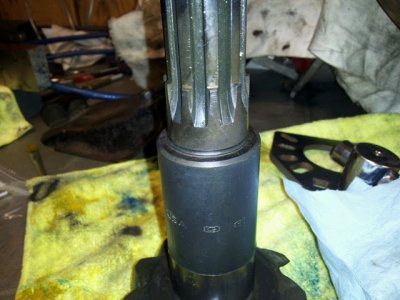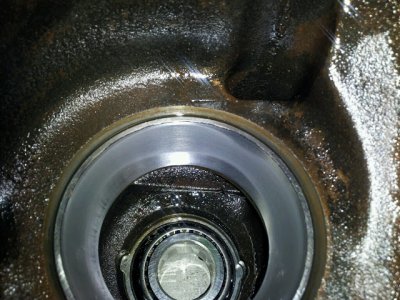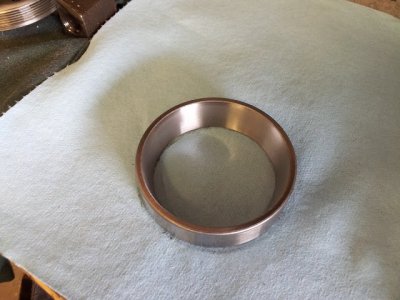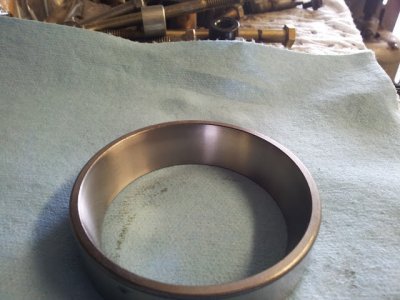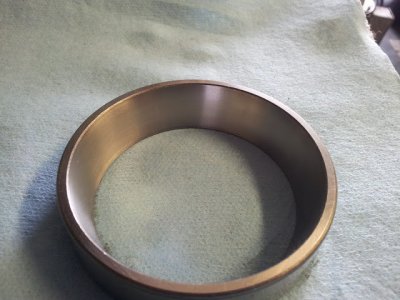dpstark2
Well-Known Member
Mark - Everything was set up and installed when I noticed the pinion issue. I talked to the supplier and he claimed I had the "wrong shims" and he sent me some larger ID shims. This did seem to work, but he has no interest in taking the gears back. Since I've spent $200 on them, I'd rather try to get them to work than start over.
I have no information on the previous setup. This case was bare, and the sure grip came out of another case that had a totally hosed and monkeyed set of gears in it. The Sure Grip seemed fine, but that's about it.
Supershafts- We did make minor adjustments- after failing to get a good pattern off a .090-ish starting point and going a few thousandths at a time in either direction, we tried the two large jumps to see what would happen. I tried .084, .086, .088, and .090, among several others. I probably set this thing up and patterned it 20 times. I'm not saying I know what I'm doing by any means, but the description above was intended to be an overview. At lot more went into this than just that.
And I don't take offense by any means- but I would definitely say I learned something from this. Once isn't enough, but you have to start somewhere right? I'll see if I can break it down and get pictures for .002+/- this weekend.
I appreciate all the feedback- hopefully this will help out others too.
I have no information on the previous setup. This case was bare, and the sure grip came out of another case that had a totally hosed and monkeyed set of gears in it. The Sure Grip seemed fine, but that's about it.
Supershafts- We did make minor adjustments- after failing to get a good pattern off a .090-ish starting point and going a few thousandths at a time in either direction, we tried the two large jumps to see what would happen. I tried .084, .086, .088, and .090, among several others. I probably set this thing up and patterned it 20 times. I'm not saying I know what I'm doing by any means, but the description above was intended to be an overview. At lot more went into this than just that.
And I don't take offense by any means- but I would definitely say I learned something from this. Once isn't enough, but you have to start somewhere right? I'll see if I can break it down and get pictures for .002+/- this weekend.
I appreciate all the feedback- hopefully this will help out others too.

